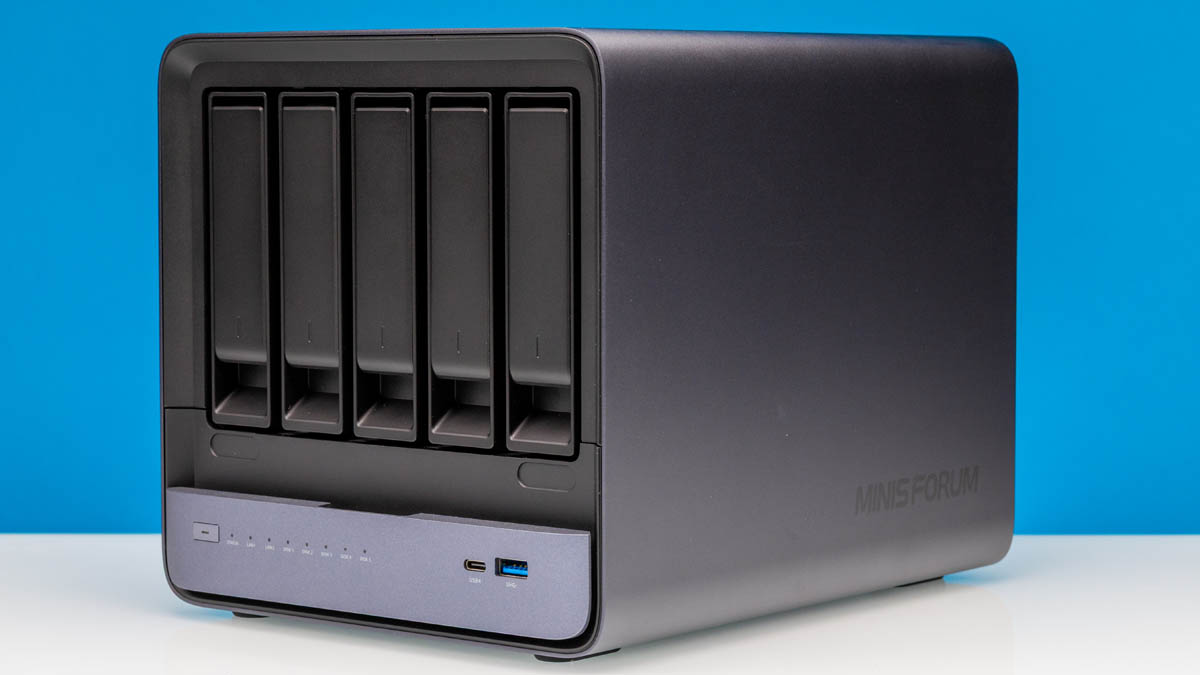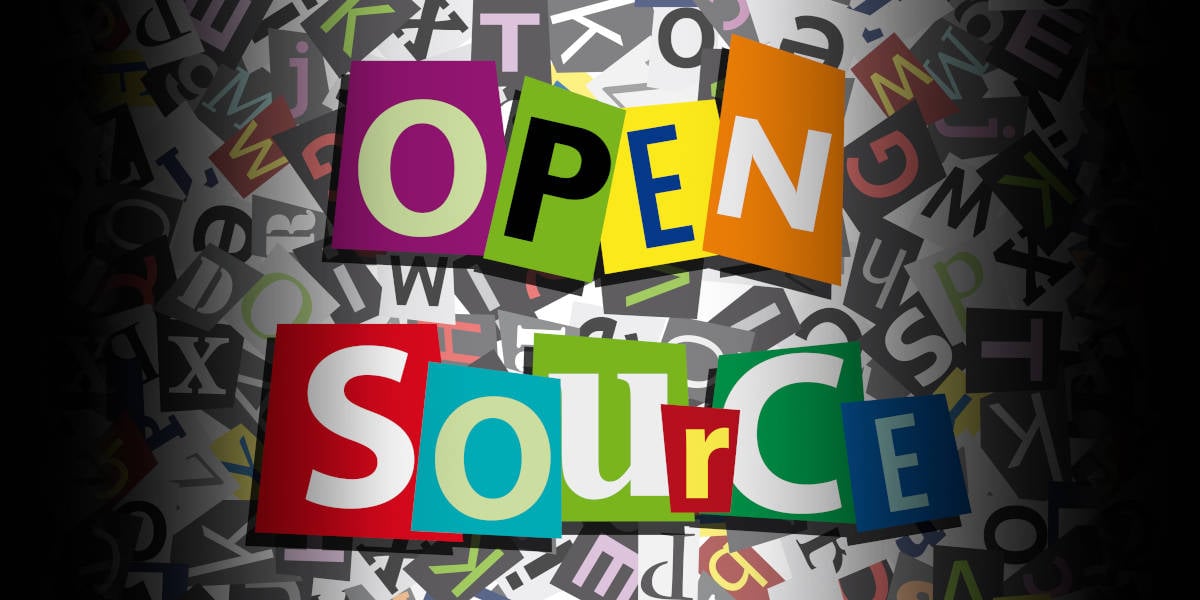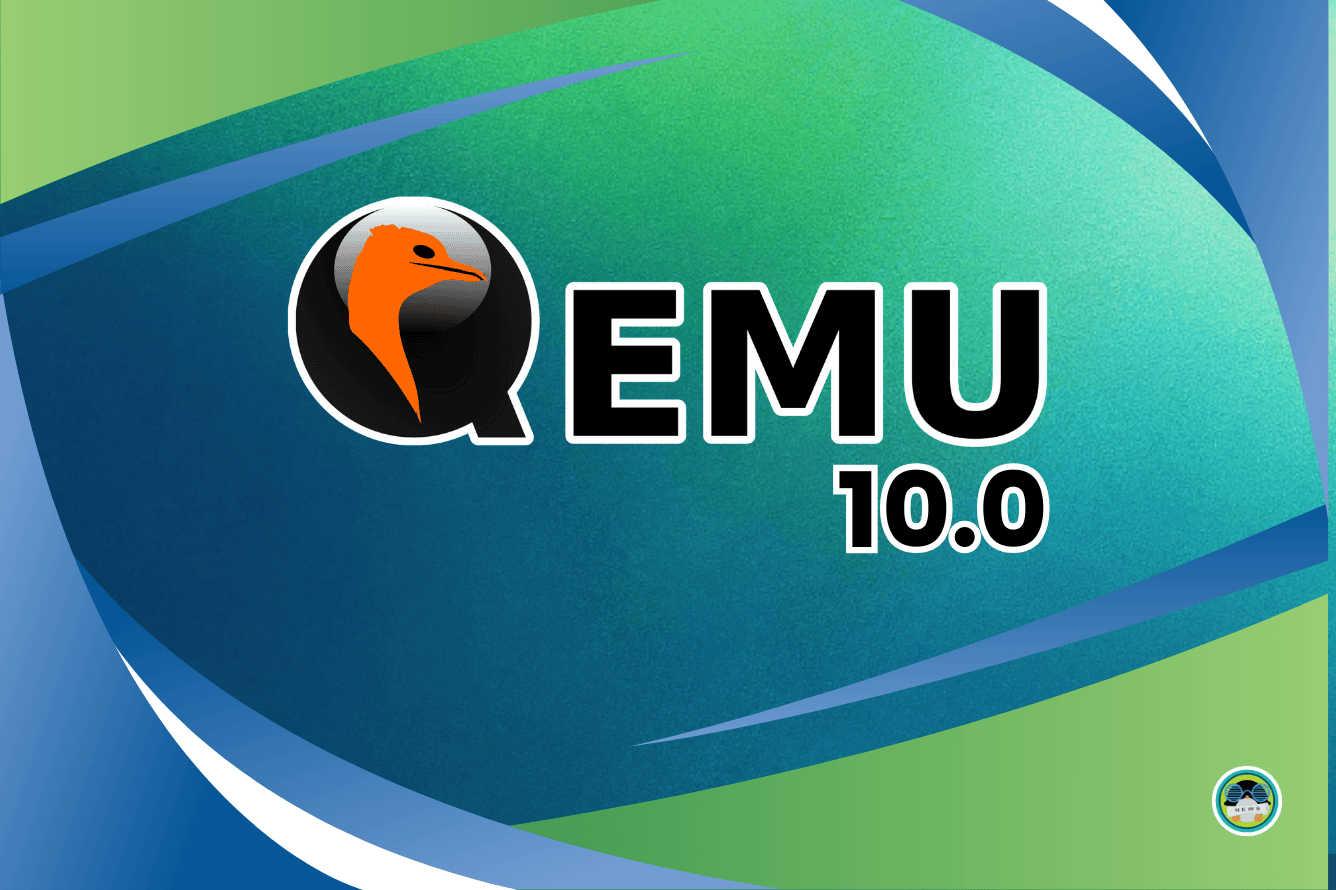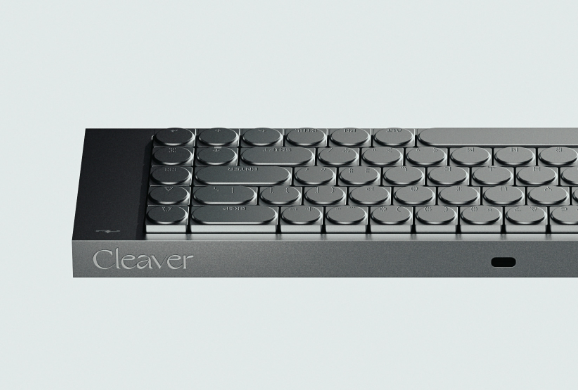- 11 Posts
- 45 Comments

 4·12 days ago
4·12 days agoMore subscription service pushing. Windows isn’t a source of revenue growth for MS, it’s a cheerleader. Lost subscription revenue for Windows on servers to Linux. MS SQL couldn’t stop MySQL, MariaDB, PostreSQL, etc. Games for Window Live and paid online gaming failed on PC. Windows Store has been a decade and a half dud. Gamepass looks stagnant and Xbox hardware in decline. Windows Phone failed - big reason Windows Store failed and no presence as a TV OS anymore besides the declining Xbox
MS wants products where users are continuously monetized. The software storefronts haven’t worked out like they wanted so focus on subscriptions and advertising. Azure, OneDrive, O365, Copilot, Gamepass less focused on Xbox hardware, … whatever else they can come up with. Windows will advertise them sacrificing user satisfaction for Windows
For MS it may be the right move. Don’t think there’s political willpower for trying again to compete with Android and iOS for mobile. Don’t think they’d even manage TV against Roku let alone Android TV or big TV makers like Samsung with Tizen. Apple would have to screw up hard with MacOS for those users to switch to Windows rather than sticking Mac or go to iPad’s. Android has a desktop cooking with an eventually graphics accelerated Debian VM. Linux in general still on the multi-decade nibbling towards the mainstream along with software like Blender, Krita, LibreOffice
OS reccuring fees is a server and enterprise workstation support contract thing. Trying to do that to consumer desktop would kill it pretty quick. Windows is in a hard place of being a mature big money maker that doesn’t look possible for growth but still too big to cast aside. It’ll straddle the line of advertising where MS tries to not kill its market share but nag users to buy MS subscription services. More telemetry for advertising

 5·2 months ago
5·2 months agoIt’s preparation for 26.04 and it’s a lot of work to maintain support for the older hardware that’s not very popular. Optimizing developer resources towards what should be the first RISC-V hardware to try and get mainstream adoption

 7·2 months ago
7·2 months agoBecause Ubuntu is only supporting RISC-V chips that meat RVA23 standards. There’s no consumer hardware out there yet released. RVA23 compliant hardware is supposed to be the big jump to be a solid alternative to ARM and x86 consumer hardware so that’s what they want to support that going forward rather than the older more dev/experimental hardware that they’ll still support on 24.04
I have an old laptop running it since a year ago. It’s getting there. If you use it long enough, you will still regularly stumble on little things that are nicer to use on gnome or kde but it’s getting there. I plan on switching my primary desktop to it for the 26.04 release

 2·2 months ago
2·2 months agoI put the base at 5 years being optimistic. I’m not expecting 5 years from final spec publishing. A stable spec is released end of the year so pretty much 2026. Take a couple years for hardware decoders to start releasing in niche to expensive gear. Pretty much demonstrative gear.
Then progressively decoders proliferate down to consumer gear with years to get down to cheap entry level gear. Keep in mind the Snapdragon 7 Gen 4 this year was the first 7 series chip to get an AV1 hardware decoder. Don’t know about Snapdragon 6 and 4 series of chips. AV1 stable spec was like 2018
Maybe AV2 adoption will be quicker because VVC seems to have garnered minimal interest since 2020. However long it takes, you’ll be itching for a new computer by then. Lessons learned from what adoption took for AV1 for AV2 development. Regardless, content distribution will trail hardware decode adoption on mass media devices, phones - maybe even have to wait for people to replace their televisions with ones that have AV2 decoders in them

 11·2 months ago
11·2 months agoDon’t sweat it. By the time AV2 starts getting serious adoption rolled out, your hardware will be 5+ years old

 7·2 months ago
7·2 months agoI have comaps installed but overall I don’t think it matters a great deal which open street maps app you use, they’re all really similar. I try to contribute business info when I remember to do so but there doesn’t seem to be any yelp/google business equivalent. Need something that hosts user reviews and pictures and some way to moderate that in a decentralized enough community way. Can’t beat Google maps without the business pages and crowd sourced data

 2·3 months ago
2·3 months agoFossify launcher is buggy but at least it’s always been open source to my knowledge. Actively developed. All the fossify application. I use them
Like others, it was specs for me. I fully am ready to deal with minimal Linux applications designed for a small touchscreen display but for that compromised mobile experience, I want a good desktop experience when it’s docked. So I’d like near flagship phone specs. So today would be like Snapdragon 8 Gen 2 or better. Canonical had the right idea with Unity 8 but didn’t execute
Now today there are mobile Linux frontends but no company pushing out hardware to leverage a Linux phones most unique ability, docked experience with full desktop applications. Things like the Ayn Odin 2/3 or Ayaneo Pocket S. They’re putting out niche Android gaming handheld with high end mobile SoCs that I doubt sell a ton while in the Linux phone land, it’s lackluster

 5·3 months ago
5·3 months agoIt’s good for Intel. The performance drop on Linux compared to Windows is large compared to AMD and Nvidia from what I recall

 3·3 months ago
3·3 months agoTheir only chance there was the late 90s to early 2000s. MS is one company compared to the totality of mega corporations using Linux and MS also uses a lot of Linux. More money at play in the server market than the general desktop OS market. Linux is the server OS
The US government increasingly uses Linux. Other countries pick up Linux at a faster rate than the US. A higher percentage of people use MacOS today than 20 years ago

 8·3 months ago
8·3 months agoThe link in “onto the next challenge” is to an Intel page
Introduction to the Xe-HPG Architecture
I was hoping it’d link to FEX-emu. Would have loved if they went full time on that. Still, age 23 and done all that. At 23 I finished college and by age 30 still felt like a junior developer, mid at best

 491·4 months ago
491·4 months agoLaptops sold in store. Vendor that targets schools elementary to college along with software and support to manage a fleet of computers. Would be relevant for corporations too. They would market and support Linux hardware
User friendly way to deal with permissions on flatpaks. Needs to be like Android and iOS where when it’s needed, you get a prompt box to affirm/deny or file/application picker to grant access to
Grow commercial support orgs for professional software support. Like orgs that support deployments of LibreOffice. Blender foundation is good. More of that for other open source pro/prosumer software. Sales and support staff separate from developers

 10·4 months ago
10·4 months agoRight now it’s not packaged up for easy use but KDE has supported Raspberry Pi’s for ages so I wouldn’t be surprised if you ran Plasma desktop, it’d be simple to build and install. I’d wait until they got it back onto the KDE release cadence with everything else though for simplicity
For anyone who wants to test this out, you can do as Devin did by installing Plasma Bigscreen on a Raspberry Pi using postmarketOS, though you would have to compile it yourself or pull from the nightly repos to get the latest changes.

 20·4 months ago
20·4 months agoAny bit of user base growth helps get the ball rolling for future MS/USA missteps. Linux has just been getting better and easier year after year. It’s been a 30 year marathon ready for another 30+ years of development

 9·4 months ago
9·4 months agoGlorious 2.49 and older where almost everyone hated the UI to the 2.5-2.6 where a lot less people hated the UI but it felt like the UI was mostly complained about as a barrier for adoption. Then 2.8 happened and the it seemed like the UI started getting some respect from non-Blender users and non-open source advocates
I’m happy to use Flatpaks but the annoyances I’ve had are like when one application says to use you’ll need to point to the binary of another application that it depends on but very understandably doesn’t package together, figuring that out to me can be annoying so I’ll switch to a regular installation and it all just works together no fuss, no flatseal, no thinking about it really. Also some applications where it’s really nice to launch from the terminal especially with arguments or just like the current working directory and with Flatpaks instead of just right off the bat it’s application name and hit enter, Flatpak hope you remember the whole package name
org.wilson.spalding.runner.knife.ApplicationName …
Ya alias but got to remember to do that. So far anything I’d ever want to run from terminal, no Flatpak
The whole of Fedora atomic distros are interesting in an exercise in getting good with layering and distrobox. Pop_os 24.04 just to see if a third pillar of Linux frontends with GTK and Qt is viable. People are always pissy about Manjaro but they seem to have an interesting present being pre installed on the Orange Pi Neo handheld

 91·6 months ago
91·6 months agoMentioned in the article, I use LACT. It’s good






It’s why I favored Unity over Gnome back in the day. The titlebar/basic menu items and close/minimize/expand buttons integrated into the top bar was better. Ya it was probably a copy of MacOS/OSX. Damn good to me in my opinion though. Overall I like Gnome but I’m not sold on it long term. Someday I may try going full time on KDE again. Very likely popos 26.04 with Cosmic I’ll try that out on my primary computer when it releases